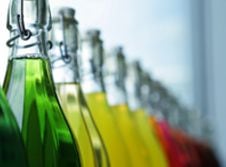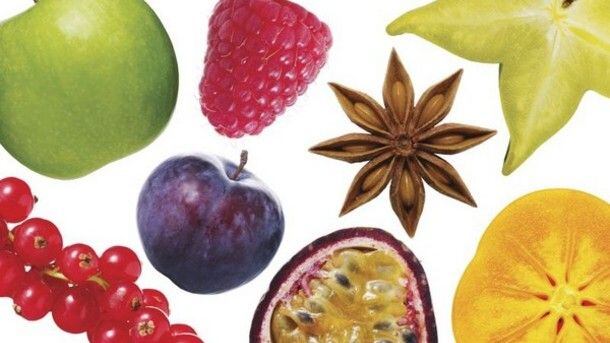Carmine is made from carminic acid produced from the ground bodies of cochineal insects (Dactylopius coccus), primarily grown on South American Opuntia cacti, and can create red, orange, purple and pink shades.
While carmine is a safe and effective natural alternative to synthetic red color FD&C Red #40, firms from Dannon to Starbucks have faced mounting pressure to replace it from vegans, vegetarians, shoppers seeking kosher and halal products, plus those suffering from the ‘ick’ factor (click here).
Volatile prices have also prompted manufacturers to seek alternatives such as Tomat-O-Red - a natural red color from tomatoes from LycoRed (click here), or colors from other sources such as beetroots, grape skins and purple carrots, although many have struggled to find something as stable and effective as carmine, especially in high-pH applications such as dairy.
Project began in 2011 with two Danish universities
In a presentation to analysts at a Capital Markets Day in Copenhagen last week, bosses at Chr. Hansen revealed that they has started exploring producing carmine using a fermentation process in 2011 via a collaboration with two Danish universities.
The genome of the Cochineal insect has been sequenced and candidate genes identified, said the Danish firm, which noted that some colors are already produced via controlled fermentations of microorganisms that naturally produce color pigments. (For example, LycoRed produces its Lyc-O-Beta beta carotene orange color from fermentation of the fungus Blakeslea trispora.)

According to Chr. Hansen’s presentation, work is “ongoing for proving concept of strain fermenting carmine”, while the timetable for potential commercialization is listed as at least three years.
The project is exploring the feasibility of establishing a fermentative pathway for producing carmine
Asked about the source material, whether the resulting color would be regarded as 'natural', how it might be labeled and what regulatory processes it might have to go through in different markets, Chr. Hansen senior VP, Natural Colors, US, Kurt Seagrist told FoodNavigator-USA it was far too early to say.
He added: “Chr Hansen is exploring new technology for Natural Colors. As our presentation mentions, one project is exploring the feasibility of establishing a fermentative pathway for producing carmine. [However] it would be premature for Chr Hansen to comment on these as such an early project stage.”
Carmine prices surged from $15/kg to $120/kg, then dropped back to around $15/kg
While carmine prices surged in 2010-11, they have recently moderated, said Chr. Hansen president and CEO Cees de Jong in the firm’s Q3 earnings call in July: “In relation to the carmine prices, we have seen [prices] around $15 per kilo during the last few months here. We are very much back to the level before [prices surged a few years ago].
“If we go three years back, it went from $15/kg… a relatively stable level - to around $120/kg and that was where it peaked, because that happened at the same time as demand in exploded in Europe.”
But he added: “However, we have also previously underlined our lack of long-term predictability when it comes to carmine pricing. But there are no signs right now that we are approaching such a new increase.”
Carmine has excellent light and heat stability and is resistant to oxidation

One of the most stable natural colors in town, carminic acid (labeled E120 in Europe) is used in confectionery, ice cream, beverages, meat, and fruit preparations for dairy products. Unlike many other natural reds and purple shades, it has excellent light and heat stability and is resistant to oxidation.
Chr. Hansen is a leading supplier of carmine to the food industry, and claims to source one third of global carmine production.
Click here to read more about Chr. Hansen's natural colors business.
Click here to read about spirulina extract, which the FDA has just approved as a color additive in the US, giving firms new options to create natural blues and greens.
